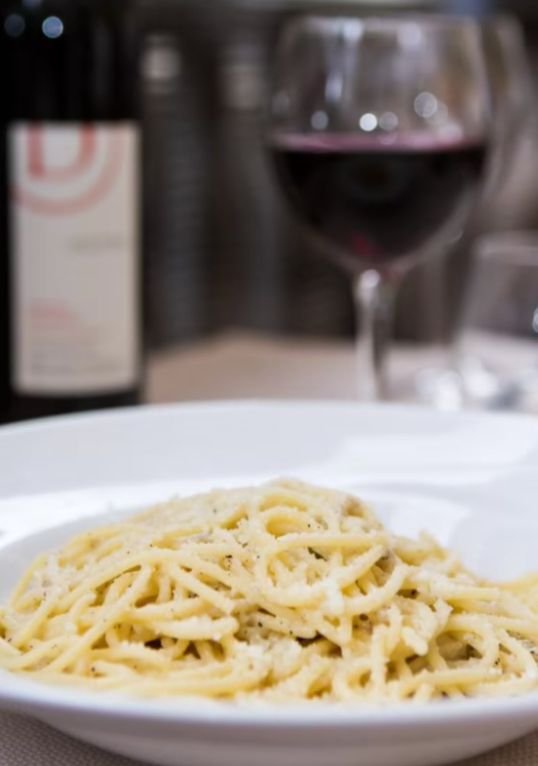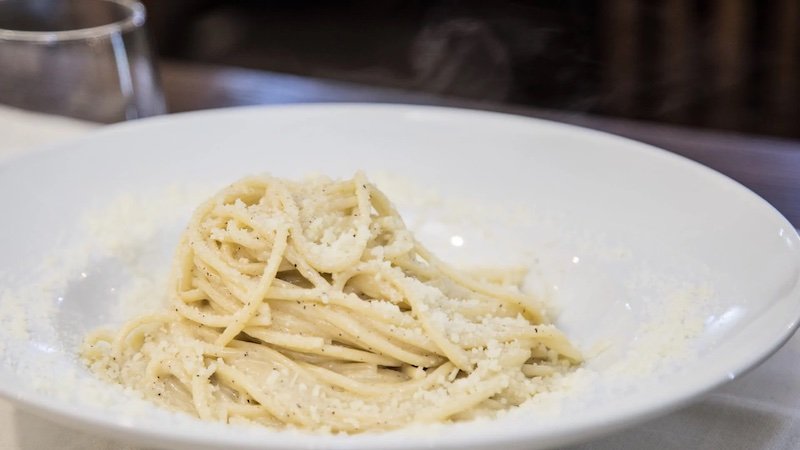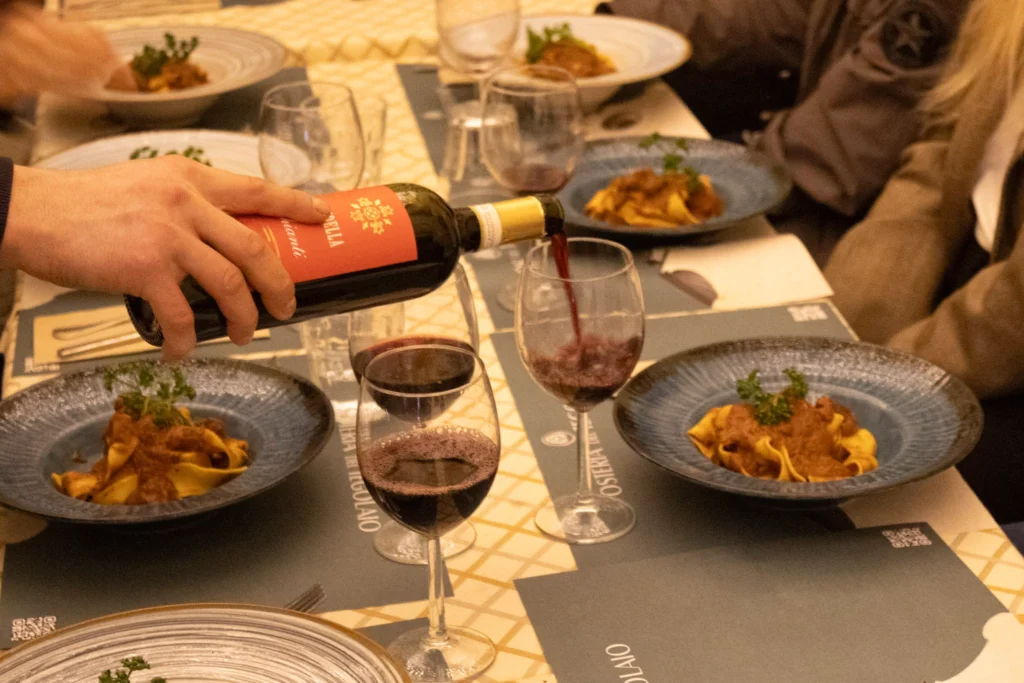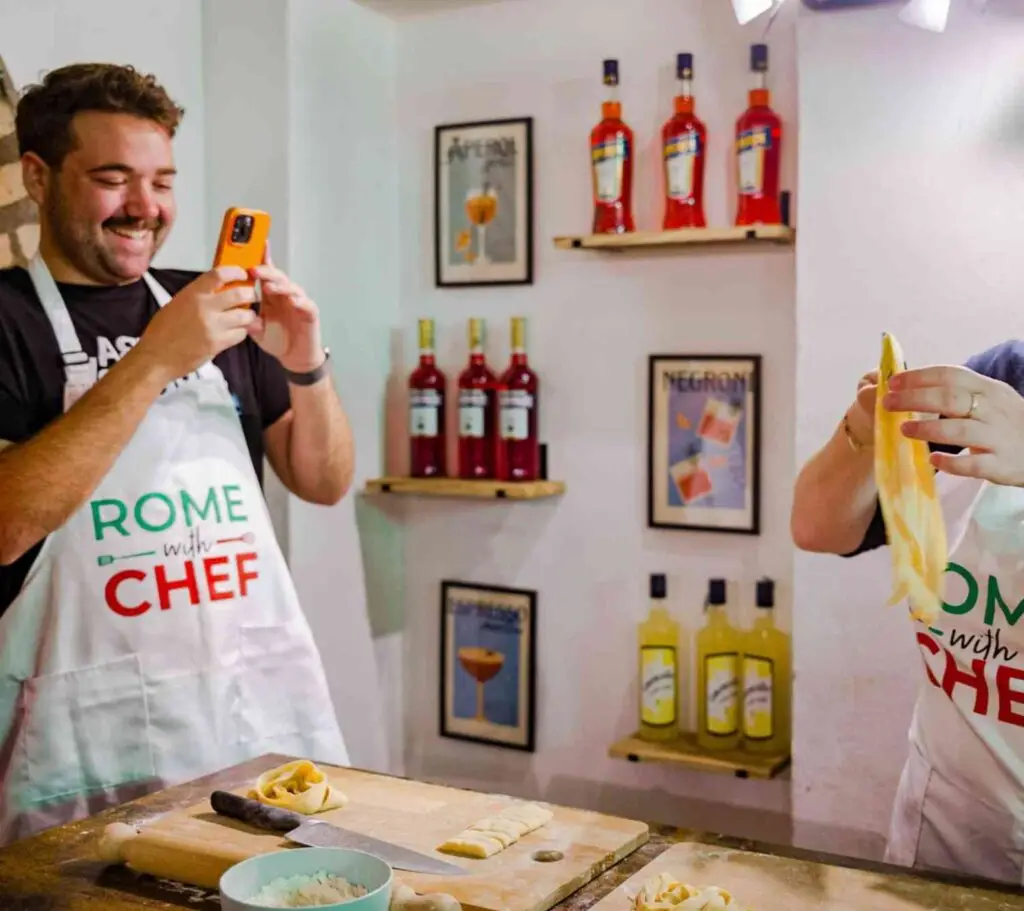No dish encapsulates the simplicity of Italian cuisine like cacio e pepe. Meaning “cheese and pepper,” this creamy pasta recipe scintillates the senses and packs a peppery kick, earning it international plaudits from the global foodie community.
Rome’s authentic cacio e pepe recipe has become a global staple in recent years, not least in the US. Research from Dataessential shows that featured on 48% more American menus by the end of 2022 than it did four years earlier, and has made its way into recipes including spreads, flatbreads, and pizzas. So what’s so special about cacio e pepe?
What is Cacio e Pepe?
The beauty of Cacio e Pepe lies in its simplicity. The traditional recipe calls for only three key ingredients: pasta, pecorino romano cheese (made from sheep’s milk), and black pepper. The starchy pasta water merges these elements into a smooth, velvety sauce that clings to the spaghetti.


Real Roman Cacio e Pepe Recipe
This authentic cacio e pepe recipe stays true to the traditional Roman methods and can be tailored to incorporate ingredients that are available near you.
- Time: 20 minutes
- Serves: 2 people
- Difficulty: Easy
Ingredients:
- 400g spaghetti (or your preferred pasta). For brands, we like Barilla or Garofalo
- 1 or 1/2 cup of grated pecorino romano cheese
- 1 tbsp freshly ground black pepper
- A pinch of salt (for the pasta water)
Method
1) Boil the pasta: Fill a large pot with water, add a generous pinch of salt (coarse sea salt is best), and bring it to boil. Add the spaghetti and cook until al dente, with some bite (usually about one minute less than the package instructions).
2) Mix the cheese and pepper: While the pasta is cooking, grate a generous amount of pecorino romano cheese into a large bowl and add your freshly ground pepper. This mixture will be the base of your sauce.
3) Combine the sauce mixture with the pasta: Reserve one cup of pasta water before draining the spaghetti. Slowly add about 3/4 cup of the hot pasta water to the cheese and pepper mixture, stirring vigorously to melt the cheese and form a silky creamy sauce. Drain the pasta and add it directly to the bowl with the cheese sauce. Toss the pasta continuously, adding more pasta water if needed, until the spaghetti is beautifully coated and the sauce is creamy and glossy.
5) Serve immediately: Plate your pasta and finish it with an extra sprinkle of pecorino romano cheese and a few grinds of black pepper. Serve immediately, while hot. Buon appetito!
Where to Eat Cacio e Pepe in Rome
While cacio e pepe has become one of Italy’s latest international exports, by far the best place to try it is in its city of origin. We make the best cacio e pepe in town in our pasta & tiramisù class, but if you’d rather have someone do the work for you, check out these exceptional pasta restaurants.
- Felice a Testaccio – long considered the home of Rome’s best cacio e pepe.
- Tonnarello – creamy sauce served with thick tonnarello pasta.
- Piatto Romano – we reckon Piatto Romano does the best cacio e pepe in Rome.
Join Our Cooking Class & Recreate this Cacio e Pepe Recipe in Rome!
Our Pasta and Tiramisù and Spritz & Spaghetti Class classes offer fun, immersive and delicious ways to spend an afternoon in the centre of Rome, learning authentic recipes and enjoying prosecco with fellow foodies!
We specialize in carbonara and cacio e pepe recipes, but you can learn to make others by booking a private pasta and tiramisù cooking class.
Need extra inspiration before booking our class? See what other adventurous travellers are saying.







